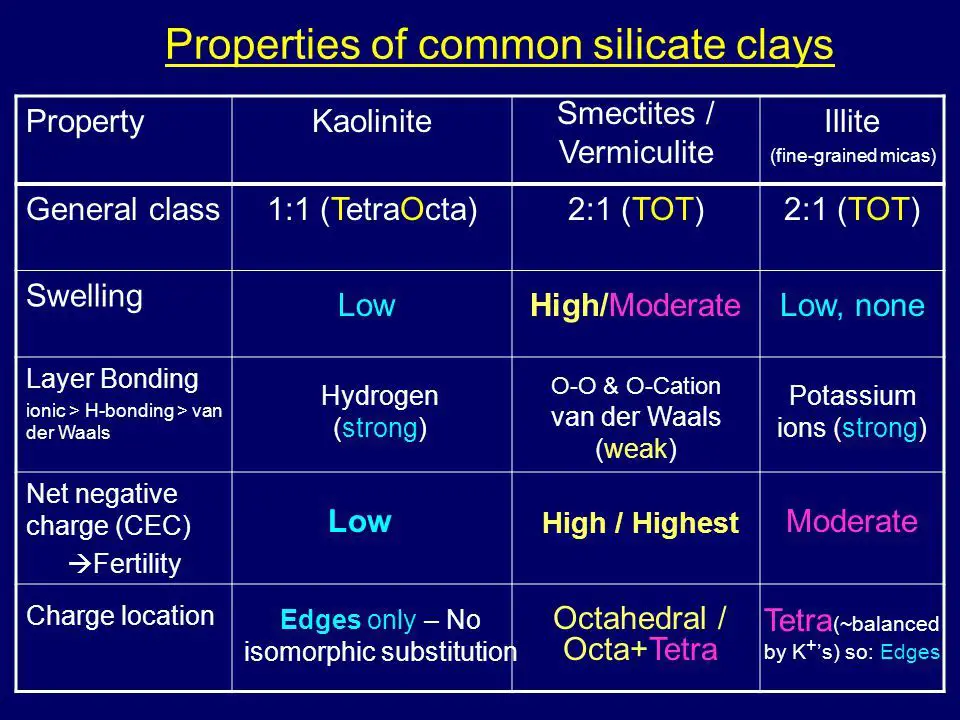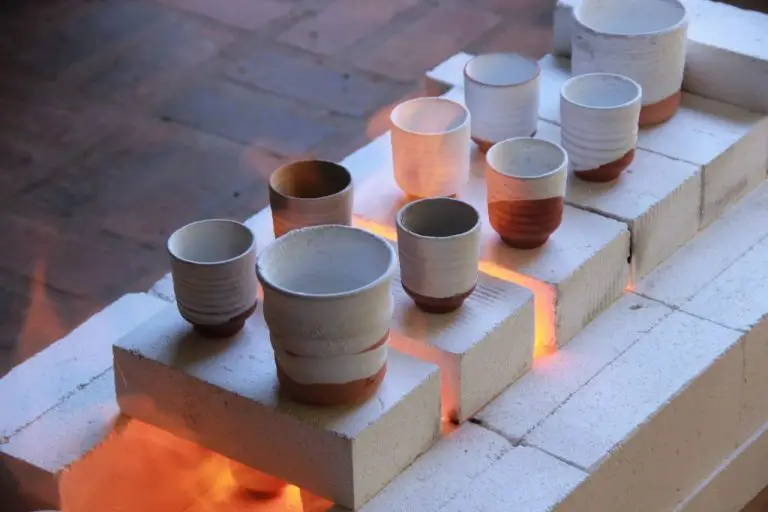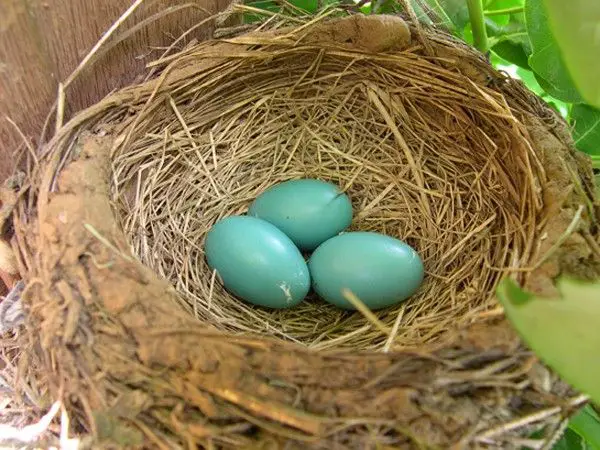Clay Bodies: Comparing Different Types For Artistic Projects
Clay is one of the most versatile and important materials used in art and craft projects. The type of clay, often referred to as the clay body, has a significant impact on the characteristics and uses of the final piece. When selecting a clay, it is crucial to consider the desired outcomes for firing temperature, surface finish, texture, and color. This article will provide an overview of the most common clay bodies utilized in artistic ceramics and sculpture – earthenware, stoneware, porcelain, and terra cotta. We will explore the origins, properties, and ideal applications for each type of clay. With this knowledge, artists can make informed decisions when sourcing materials for their creative works. The preparation, sourcing, and specific project examples provided will further illustrate the unique qualities of these four clays that have served as the foundation for artistic expression for thousands of years.
Earthenware
Earthenware is made from clay and fired at lower temperatures, typically between 1500°F – 2200°F, compared to other types of ceramic clay (source). Due to the lower firing temperature, earthenware has a more porous structure that allows gases and liquids to pass through the material during firing. This porosity makes earthenware more fragile and absorbent than stoneware or porcelain.
The composition of earthenware clay contains a high amount of iron oxide and other minerals that cause it to turn red, brown, or terracotta in color after firing. These earth tones are characteristic of earthenware pieces. The low firing temperature also means that earthenware has less glass formation, resulting in a more matte surface compared to the vitrified look of stoneware and porcelain. Earthenware’s open porosity and lower durability limit some of its applications, but its beautiful colored glazes and earthy aesthetic make it suitable for decorative objects, tiles, flower pots, and artwork (source).
Stoneware
Stoneware clays requires higher firing temperatures compared to earthenware due to its tighter molecular structure. Stoneware clays are commonly fired between 2,167°F (1,186°C) Cone 5 to 2,462°F (1,351°C) Cone 10 according to Pottery Crafters. The higher heat allows the silica and alumina particles to begin to melt and fuse together, resulting in a non-porous ceramic that is water resistant. This makes stoneware excellent for functional pieces like mugs, plates, and serving dishes.
The higher firing temperature gives stoneware increased strength and durability compared to earthenware. Stoneware clay maintains its plasticity and workability when wedging and throwing on the wheel. The higher iron and mineral content in stoneware clays also allows them to vitrify at lower temperatures with less thermal shocking during firing according to Ceramic Arts Daily.
Porcelain
Porcelain clay is known for being very fine and dense. According to the article Everything You Need To Know About Porcelain Clay, porcelain has small, tightly packed particles that result in a smooth, durable material when fired. This gives porcelain both high strength and translucency when made into thin pieces.
The book Shaping The Earth The Art Of Porcelain Clay states that an important property of porcelain is its ideal plasticity for sculpting and throwing. The fine texture allows intricate shaping while still maintaining structural integrity. Porcelain’s white color after firing also makes it desirable for artistic projects when a neutral base is preferred.
Overall, porcelain’s density, strength, translucence and workability make it a popular choice for potters, sculptors and other ceramic artists. Its versatility allows for delicate, detailed pieces as well as large, sturdy sculptures.
Terracotta
Terracotta is an unglazed, porous earthenware clay that has a distinct red-orange color. The orange hue comes from the high iron content in the clay body. Terracotta has been used for centuries to create pottery, sculpture, and architectural decorations like roof tiles or bricks.
The porous nature of terracotta makes it more absorbent and breathable than other clays. This porosity allows moisture to evaporate through the material, helping regulate temperature. It also means that terracotta can be soaked with water, allowing the clay to cool surfaces it comes into contact with.
While the porosity provides some benefits, it also means that unglazed terracotta is not watertight. Pieces made from terracotta must be fired at low temperatures, usually below 2,000°F. Higher temperatures would cause the clay to vitrify, losing its essential porous quality. Terracotta’s low firing temperature limits its functional uses compared to stoneware or porcelain. However, it remains an excellent choice for sculpture, garden pots, and decorative works where breathability is desired.
Sources:
https://potteryhelp.com/how-to-use-terracotta-clay/
https://kalakarstudio.in/product/handpottery/
Comparison
When comparing different types of clay bodies, each has pros and cons depending on the intended use. Here are some key differences:
Earthenware is very porous and fragile when fired at lower temperatures. It’s best for items not exposed to water. Pros include low firing temperature and bright colorful glazes. Cons are fragility and porosity. Source
Stoneware is dense, durable, and watertight when fired to higher temperatures. It’s good for functional items like mugs and bowls. Pros are durability and lower shrinkage. Cons are higher firing temperatures and muted earthy glaze colors. Source

Porcelain is highly refined and fires to a glass-like translucent white finish. It’s ideal for artistic sculptures and figures. Pros are its white color and glassy surface. Cons are higher shrinkage and prone to cracking. Source
Sourcing Clay
Clay can be purchased from a variety of sources including local pottery supply stores, online retailers, artist collectives, and directly from manufacturers. The type of clay you choose will impact where you can buy it and how much it costs.
For basic earthenware and stoneware clays, most local pottery supply stores will have a good selection. These clays tend to be relatively inexpensive, often $15-30 for a 25 lb bag. Some common brands are Laguna and Standard clays which can be found at most ceramic retailers according to https://www.temu.com/where-to-buy-clay-for-ceramics-5060249863188-s.html.
For more specialized porcelain and terra cotta clays, online retailers like Axner or Clay Planet often have a wider selection. Porcelain clays in particular can be more expensive, upwards of $50-60 per 25 lb bag for premium brands. Unique terra cotta blends may also need to be mail ordered from specialty suppliers according to sources.
Direct from manufacturers, 25 lb bags range $20-30 for stoneware and earthenware bodies. Premium porcelains can be $70-80 per bag when ordered direct. Large bulk orders often have discounted pricing but require a significant minimum order.
When sourcing specialty clays, also check local artist collectives or pottery guilds. They sometimes do group buys or might know local suppliers you’re unaware of. Hand-harvested native clays can also occasionally be sourced this way.
Preparing Clay
Properly preparing clay is an essential first step before starting any pottery project. Preparing clay involves kneading, wedging, and mixing the clay to achieve an even consistency free of air pockets. According to The Pottery Wheel, kneading clay involves pressing, folding, and squeezing the clay repeatedly to create a smooth, uniform texture. Kneading ensures moisture is evenly distributed and removes air bubbles. Wedging is a technique that involves cutting the clay into sections, slamming it against a surface, and reforming it into a ball shape. This process aligns the clay particles and removes air pockets. Finally, mixing clay bodies involves combining different types of clay in specific ratios to achieve desired characteristics. An ideal clay consistency is smooth, flexible, and not too wet or dry before throwing on the wheel or handbuilding.
Projects
The type of clay you select for your artwork depends on the project you have in mind. Here are some guidelines:
Earthenware clay is good for handbuilt projects like coil pots and pinch pots. Its porous nature allows moisture to pass through, preventing cracking during drying and firing. Earthenware can be fired at lower temperatures, making it beginner-friendly. Source
Stoneware clay holds more detail and is ideal for sculptural works. It can be thrown on the wheel to make functional pieces like mugs, bowls, and vases. Stoneware becomes vitrified and less porous at higher firing temperatures. Many glazes work well on stoneware. Source
Porcelain clay is extremely fine and fires to a translucent white color. It’s ideal for delicate items like teacups, figurines, and jewelry. Porcelain can be challenging for beginners to work with due to its high shrinkage rate. It requires higher kiln temperatures but produces a refined, smooth surface.
Terracotta clay contains earthy red and brown colors from high iron content. It’s often used for pottery and sculpture. Terracotta has a coarse texture that becomes more pronounced when fired. Plants pots and garden decor are common terracotta projects.
Conclusion
To summarize, there are several key factors to consider when choosing clay for an artistic project. Earthenware is very porous and absorbent, making it suitable for functional pottery and sculpture. Stoneware has a denser, less porous body that can withstand higher firing temperatures. Porcelain is refined and pure white in color, ideal for delicate pieces. Terracotta is an earthenware traditionally made from red clay.
When sourcing clay, look for high quality brands known for consistency and craft high fire clays for sculptures and decorative pieces. Prepare the clay properly to achieve an ideal consistency and workability. Consider the characteristics of each clay type and what will work best for your specific project goals and desired results. With an understanding of the different clay bodies available, you can confidently choose the right material for your next ceramic art creation.



